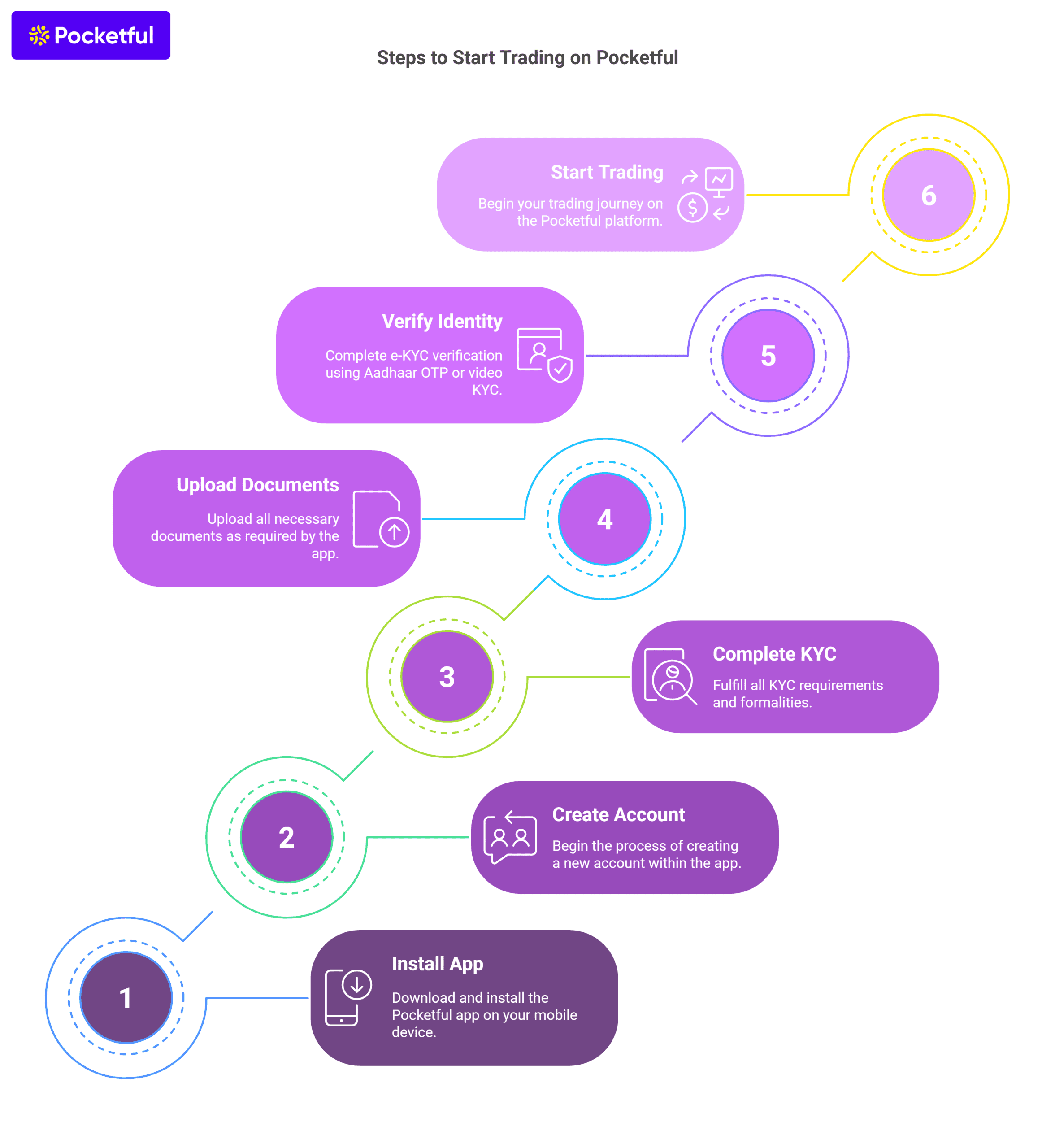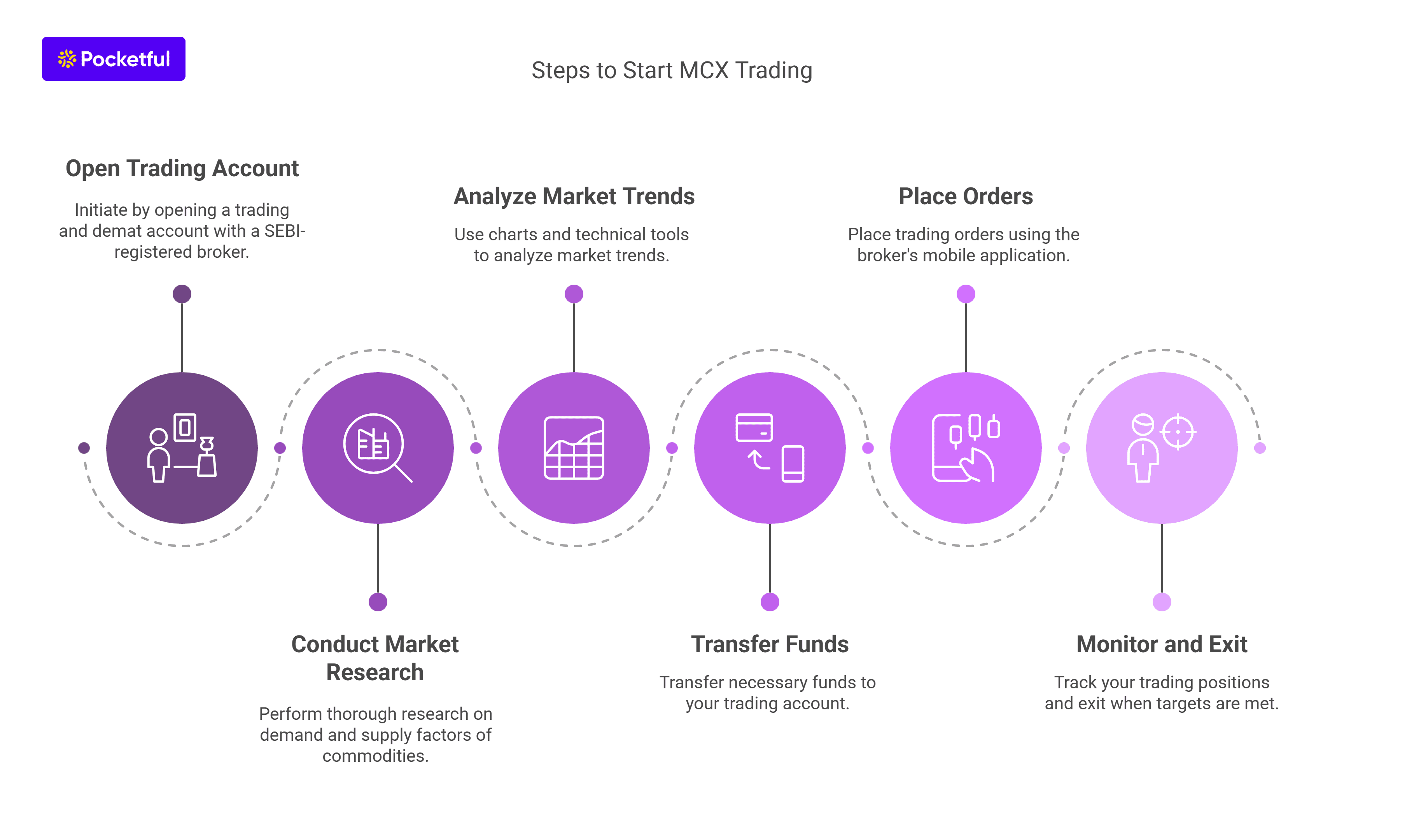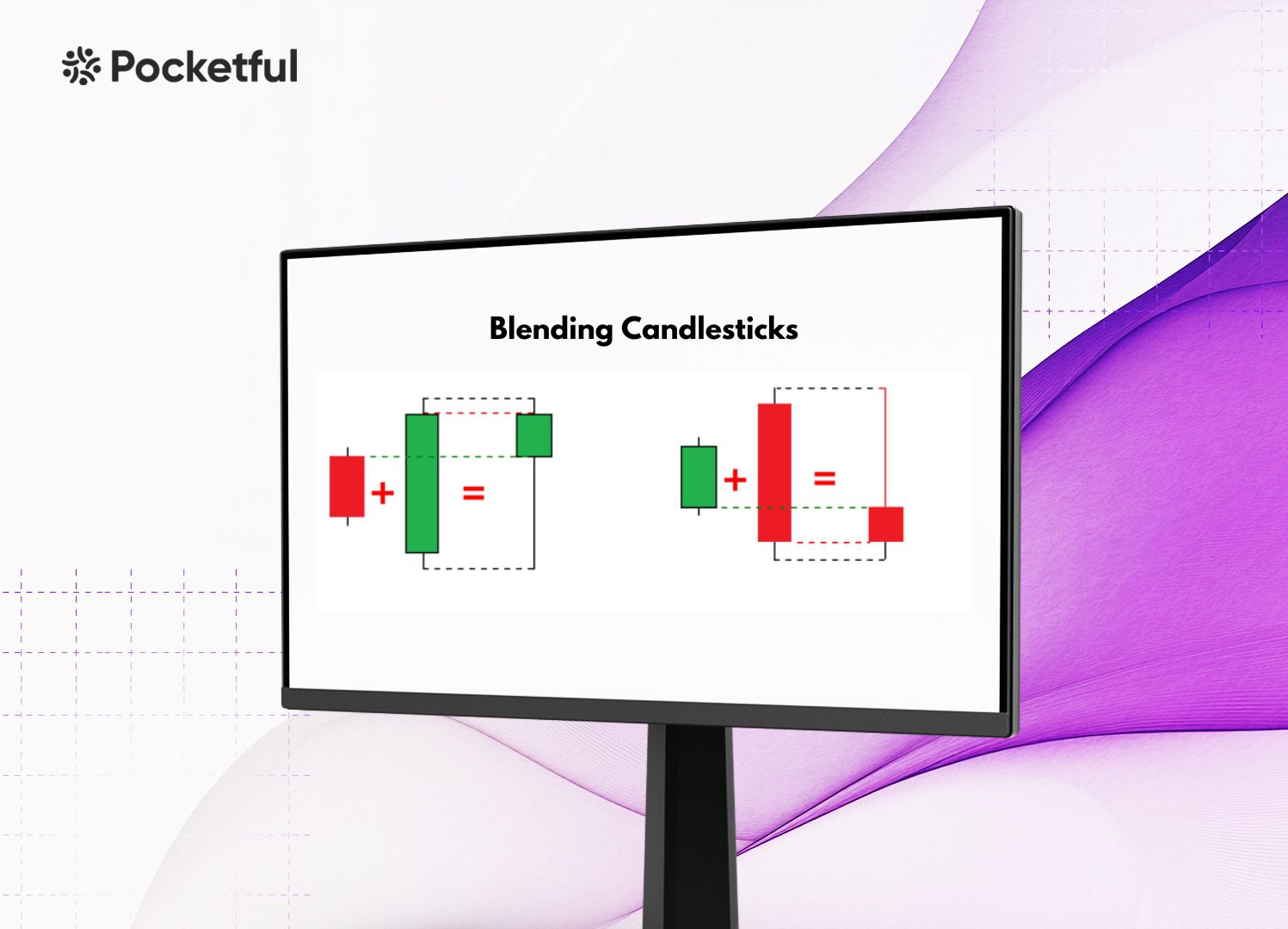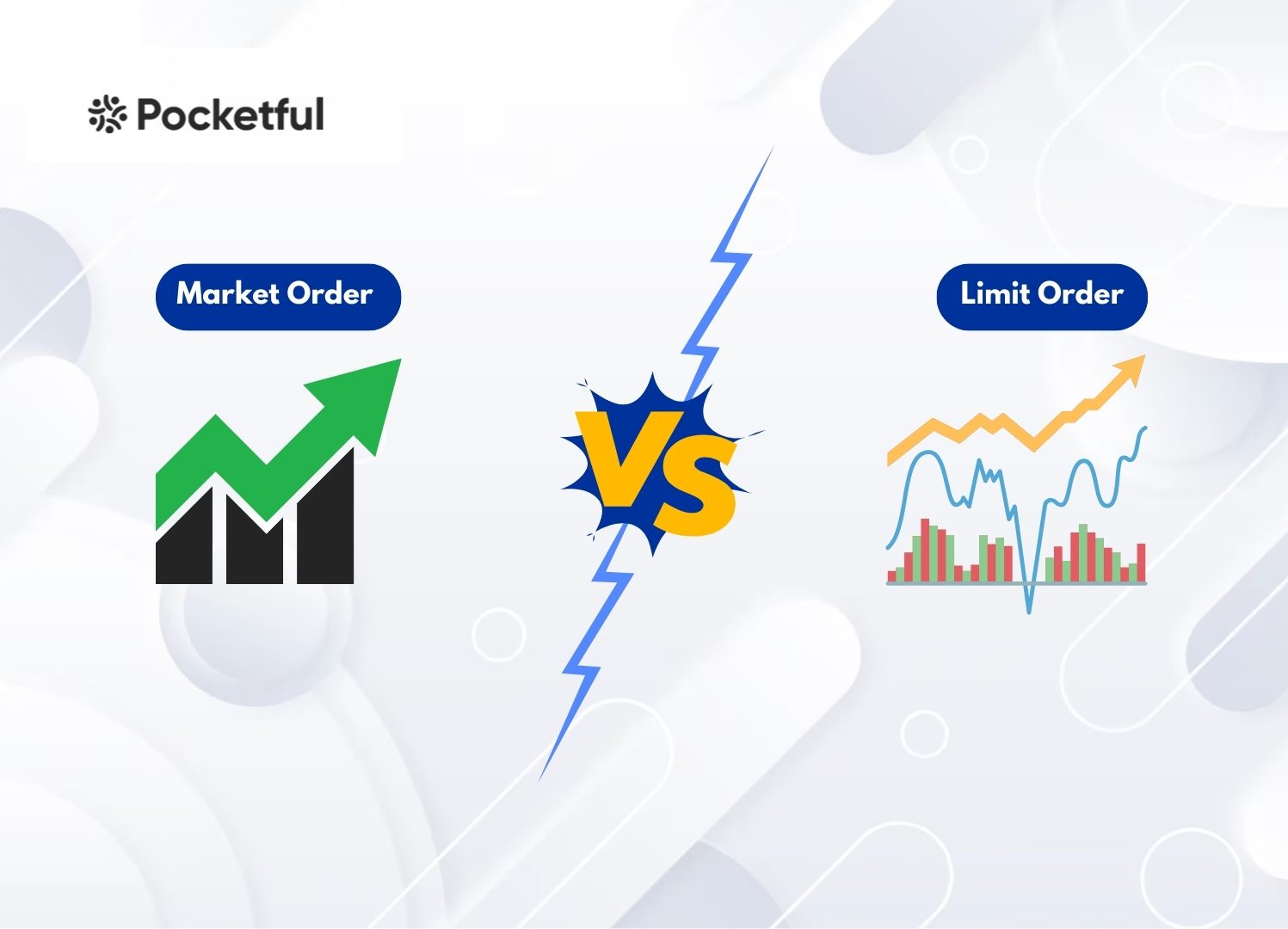If you are looking for YouTube channels offering valuable trading knowledge, then you are in the right place. Learning the art of trading from the best can provide you with all the insights you need in one place. YouTube has established itself as a valuable resource in the modern world, offering numerous trading channels.
In this blog, we’ll help you discover the best YouTube trading channels in India. Trading YouTube channels in India are helpful in learning not only basic concepts and trading psychology, but also advanced technical tools and concepts.
What is Trading YouTube Channels?
The best trading channels on YouTube cater to both beginners and experienced traders, allowing content to be consumed free of cost. However, there is an abundance of creators, making it a challenge for one to select a trading Youtube channel that is credible enough. These channels, along with many others, have managed to capture the attention of their audience by teaching valuable trading concepts, helpful for beginners and seasoned traders alike.
Read Also: Top 10 Option Trading Books in India
Top 10 Trading YouTube Channels
In the following table, you’ll find an overview of the best trading channels, their unique selling points, popular videos, and the ideal audience they cater to. Whether you’re interested in intraday trading, swing trading, or simply improving your market knowledge, these channels provide valuable resources to help you sharpen your trading skills.
| Rank | Channel Name | Subscribers | USP (Unique Selling Point) | Popular Video | Ideal For |
|---|---|---|---|---|---|
| 1 | Pushkar Raj Thakur | 13.9 Mn | Practical financial knowledge focused on stock market strategies | How to be Rich? Step – 1: 40 days Financial Transformation | Aspiring traders, Intraday traders, Beginners |
| 2 | Booming Bulls | 2.68 Mn | Motivational trading journey + technical tutorials | How to learn trading? | Individuals looking to improve trading psychology and beginners |
| 3 | Finology with Pranjal | 6.4 Mn | A combination of investing + technical trading | Stock Market For Beginners | How can Beginners Start Investing in Share Market |
| 4 | Ghanshyam Tech | 1.55 Mn | Real time market evaluation and trade setups | Bank Nifty Forms Dragonfly Doji Pattern – Bank Nifty 15 min chart analysis | Hindi speakers with an interest in stock market |
| 5 | Trade With Trend | 252K | Real-world market scenarios and data-driven explanations | Trend Trading for Beginners | Traders seeking in-depth analysis |
| 6 | Nitin Bhatia | 1 Mn | Technical analysis, swing trading, personal finance | Best Intraday Trend Indicator | F&O strategists, traders, early starters |
| 7 | Marketfeed | 515K | Mid-day and after-hours market assessments | Best & Easy Intraday Trading Strategy | People who actively pay attention to the market |
| 8 | CA Rachana Phadke Ranade | 5.23 Mn | Trading concepts explained in an easy-to-understand manner | Basics of Stock Market for Beginners | Those who are new to stock trading |
| 9 | IITian Trader | 1.18 Mn | Trading concepts explained with a focus on crypto markets | Options Trading – How to Start Options Trading Journey | Traders looking to learn more about crypto trading |
| 10 | Neeraj Joshi | 4.28 Mn | His video commentary on real-time trading makes his teaching unique | Share Market basics for Beginners Crash Course | Day traders, swing traders |
An overview of the top 10 Trading YouTube channels in India is given below:
1. Pushkar Raj Thakur: Stock Market Educator
Pushkar Raj is a leading trading YouTube channel in India with a subscriber base of 13.9 Mn. This channel gives us complete information about Stock market trading, investment strategies, and managing personal finances. Pushkar Raj, a Guinness World Record holder, is known for his motivational speaking and business coaching simultaneously focusing on empowering individuals in the finance domain.
USP: Practical financial knowledge focused on stock market strategies.
Popular Video: How to be Rich? Step – 1: 40 days Financial Transformation.
Ideal For: Aspiring traders, Intraday traders and beginners.
2. Booming Bulls
Motivational and educational trading content has earned Anish Singh Thakur a massive follower base of 2.68 Mn. His live webinars and organized lessons make it one of the best trading YouTube channels for students.
USP: Motivational trading journey + technical tutorials.
Popular Video: How to learn trading?
Ideal For: Individuals looking to improve trading psychology and beginners.
3. Finology with Pranjal
More of a long-term investor, but Pranjal does provide valuable trading insights and explains technical trading jargon with ease. His videos take a case-study approach making it easier to be understood by new aspiring traders. As of 7 May 2025, Finology has 6.4 Mn subscribers
USP: A combination of investing + technical trading.
Popular Video: Stock Market For Beginners | How can Beginners Start Investing in Share Market
Ideal For: Investors trying to learn trading.
4. Ghanshyam Tech
This channel educates its subscribers on stock market trading, trade setups and market conditions that primarily focuses on Bank Nifty & Nifty options trading strategies. This channel focuses on offering knowledge to both newbies and advanced traders and has a subscriber base of 1.55 Mn.
USP: Real time market evaluation and trade setups.
Popular Video: Bank Nifty Forms Dragonfly Doji Pattern – Bank Nifty 15 min chart analysis
Optimal For: Hindi speakers with an interest in the stock market.
5. Trade With Trend
This channel offers in depth tutorials on technical as well as fundamentals of trading. The channel is detail – oriented towards momentum and swing trading, trading strategies, risk mitigation techniques & much more. It has a large follower base of 252K subscribers.
USP: Real-world market scenarios and data driven explanations.
Popular Video: Trend Trading for Beginners.
Optimal For: Traders seeking in-depth analysis.
Read Also: 15 Best Stock Market Movies & Web Series to Watch
6. Nitin Bhatia
Nitin Bhatia’s channel contains a blend of information related to market psychology, derivatives, and various trading setups, giving you in-depth knowledge on core trading concepts. The channel has a large subscriber base of 1 million.
USP: Information related to technical analysis, swing trading, and personal finance.
Popular Video: Best Intraday Trend Indicator.
Optimal For: F&O strategists, traders and early starters.
7. Marketfeed
Marketfeed’s founder, Sharique, offers aspiring traders extensive daily updates with technical analysis of the market. This channel helps in simplifying complex trading topics, with a subscriber base of 515K followers and is amongst the top 10 youtube trading channels in India.
USP: Mid-day and after-hours market assessments.
Popular Video: Best & Easy Intraday Trading Strategy
Ideal For: People who actively pay attention to the market.
8. CA Rachana Phadke Ranade
Through her YouTube channel, CA Rachna Phadke Ranade offers a range of content aimed at both beginners and seasoned investors, covering topics such as technical and fundamental analysis, options trading, and market trends. Her teaching style is characterized by clarity and practicality, making complex financial topics accessible to a broad audience. This is counted amongst the best youtube channels in India with 5.23 Mn subscribers.
USP: Trading concepts are explained in an easy-to -understand manner.
Popular Video: Basics of Stock Market for Beginners
Who Is This Video Suited For: Those who are new to stock trading.
9. IITian Trader
IITian Trader, run by Saurabh Maurya, an IIT-BHU graduate, is a YouTube channel offering practical lessons on trading, covering options, intraday strategies, and technical analysis for beginners and experienced traders alike. The YouTube channel has a subscriber base of 1.18 Mn.
USP: Trading concepts are explained with a focus on crypto markets.
Popular Video: Options Trading – How to Start Options Trading Journey
Who Is This Video Suited For: Traders looking to learn more about crypto trading.
10. Neeraj Joshi
Neeraj Joshi offers a clear knowledge about the stock market investing and exceptional trading strategies, transforming complicated concepts into simple lessons making it available for a broader audience. This channel has a subscriber base of 4.28 Mn.
USP : His Video Commentary On Real Time Trading Makes His Teaching Unique.
Popular Video: Share Market basics for Beginners Crash Course.
Who Is This Video Suited For: Day traders, swing traders, etc.
Read Also: 10 Best Stock Market Simulators for Beginners
Factors To Keep In Mind Before Watching
Before subscribing, following, or taking suggestions from these trading YouTube channels, make sure you consider the following factors :
- Consistency: Are they posting videos related to trading regularly?
- Honesty: Do they show genuine trades and openly discuss losing trades, too?
- Experience: Check their background, credentials, and professional profiles.
- Community Feedback: Analyze comments and community discussion around the video.
- Separating Paid and Free Content: Are they genuinely providing information free of cost or teaching basic concepts for selling paid courses or services?
- Content Depth: Are the concepts explained in a simple and straightforward manner with detailed step-by-step explanations or not?
Read Also: 10 Best Paper Trading Apps in India
Advantages & Disadvantages of Trading YouTube Channels
Advantages
Choosing to trade on your own can be a stressful task, especially if you are a beginner. However, YouTube is an excellent source of information. Let us look at the major advantages of trading YouTube channels in India.
1. No Charges For Quality Education : You can understand how the market functions without spending thousands on a course. Channels like CA Rachana Ranade and Booming Bulls teach the fundamentals of candlestick patterns, price action, and intraday setups to beginners, free of cost.
- Great flexibility and convenience for students and working professionals
- Perfect for individuals looking for free resources
- Trainers are SEBI-registered professionals and genuine traders
2. Learning As Per Your Schedule : Through YouTube, you can acquire knowledge at your convenience. Whether it’s during lunch break, at night, or during any breaks, you can always have the right things to study.
- Replay until you get it right
- Remove the stress that comes from following a live batch or fixed schedule
- Have the freedom to customize your learning path through a selection of videos
3. Exposure to Diverse Trading Styles : Each trader has a different strategy. While some focus on intraday trading, others may focus on mastering swing trading. Best trading YouTube channels have something for each type of trader.
- Helps you identify which strategy best aligns with your trading style
- Both discretionary and systematic trading are taught
- Learn what works during different market scenarios
4. Real-Time Market Examples : Many creators stream their screens and explain live trades. Watching setups unfold in real markets provides much more value compared to textbook learning.
- Learn how traders respond to varying volatility
- Position sizing and stop-loss placement along with trading strategies are taught
- Understand the decision-making process in fast-paced markets
5. Community Interaction and Engagement : These channels have comment sections, live Q&As, and related telegram groups. In these communities, you can ask doubts or share your findings, and enhance your trading knowledge.
- Communities help in collective learning.
- Live Q&A’s help the audience connect with the educator promptly and resolve their doubts immediately.
- Support from other traders keeps you motivated.
Disadvantages
Youtube is a great platform but it does have its’ cons. Here are some practical drawbacks you should consider before exclusively depending on learning trading through YouTube trading channels:
1. Content Overload : With thousands of videos available, one can easily fall into the trap of just consuming content without actually implementing anything strategically.
- Unstructured information creates disorientation and stagnation in following the content.
- Beginners may be exposed to contrasting strategies that are executed in conflicting ways by different educators.
2. Absence of Personal Guiding and Mentoring : You get no feedback on your trades, negative trades can hamper mindset and give rise to doubts.
- No feedback leads to no improvement.
- Repeatedly executing trades based on flawed trading approach and strategy.
- Difficult to navigate content designed around individual’s trading preference
3. Not All Creators Are Certified And Experienced: While popular creators are reliable, there are a lot of content creators on YouTue that don’t have the required knowledge or expertise to teach complex stock market concepts.
- There is a minimal regulatory oversight on the content creators with a smaller subscriber base.
- There are no frameworks guaranteeing the authenticity of claims.
- Many creators only show successful trades, which gives aspiring traders an unrealistic expectation.
4. Aggressive Sales Tactics : Some channels prioritize selling over educating, pushing their courses and tools for purchase in every video while offering little educational value through their “free” content.
- More focus on selling their paid course.
- Guidance offered without genuine marketing intent is hard to identify for a new trader.
- Purchasing expensive courses impulsively can result in financial losses.
5. Market Dependency : Strategies for a bullish market might fail miserably in a sideways or bearish market. Trending YouTube videos can omit disclaimers like these.
- Implementation of specific strategy without regard to changing market conditions is a common mistake that can cause significant losses.
- Trading on market information already factored in can hamper your trading results.
Read Also: Best Share Market Learning Apps in India
Conclusion
YouTube has proven to be a great tool for individuals looking to learn about trading concepts from India’s top educators. Each of the top 10 trading YouTube channels has something different and unique to offer. Finding the right mentor comes down to identifying the individual whose approach aligns with your learning preferences and trading style. Don’t just learn; put your skills to the test, and your trading performance will enhance over time. If you are into intraday trading, swing trading, or positional trading, there is a mentor for you waiting on YouTube.
Take note: Learning is free, but exercising self-discipline requires sustained effort. Make your choices wisely and trade smart.
| S.NO. | Check Out These Interesting Posts You Might Enjoy! |
|---|---|
| 1 | 10 Best YouTube Channels for Stock Market in India |
| 2 | 10 Best Stock Market Traders in the World |
| 3 | Types of Traders in the Stock Market |
| 4 | Top 10 Option Trading Books in India |
| 5 | Top 10 Mutual Fund Distributors in India |
| 6 | Top 10 Consumer Staples Stocks in India |
Frequently Asked Questions (FAQs)
Which are the best YouTube channels in India to learn trading for free?
YouTube channels such as Nitin Bhatia, Booming Bulls, IITian Trader can be relied on for your trading journey. These channels cover everything from price action, psychology, and intraday setups to technical indicators and F&O strategies.
How do I choose the right trading YouTube channel for myself?
One should find a channel that suits their learning requirement. Beginners shall prefer Neeraj Joshi as he teaches trading in a structured manner, from basics to advance, while advanced traders shall follow channels like Nitin Bhatia as they deal in technical aspects of market and trades.
Are all trading YouTube channels reliable?
Not necessarily. Most of the channels tend to give genuine guidance, but some of them may alter their approach just to gain followers or sell their paid online courses. One should follow creators that are SEBI-registered and have trading experience.
Can I become a successful trader just by watching YouTube videos?
YouTube can be a great source of learning, but trading requires knowledge, self-discipline, risk management, and dedication to master.
What are the risks of relying solely on YouTube for trading education?
Countless videos, lack of personal guidance, copy trading without understanding the basics, and being influenced by overly optimistic portrayals of trading success are some risks that you should keep in mind.























